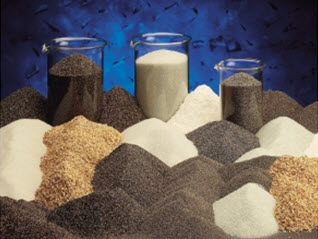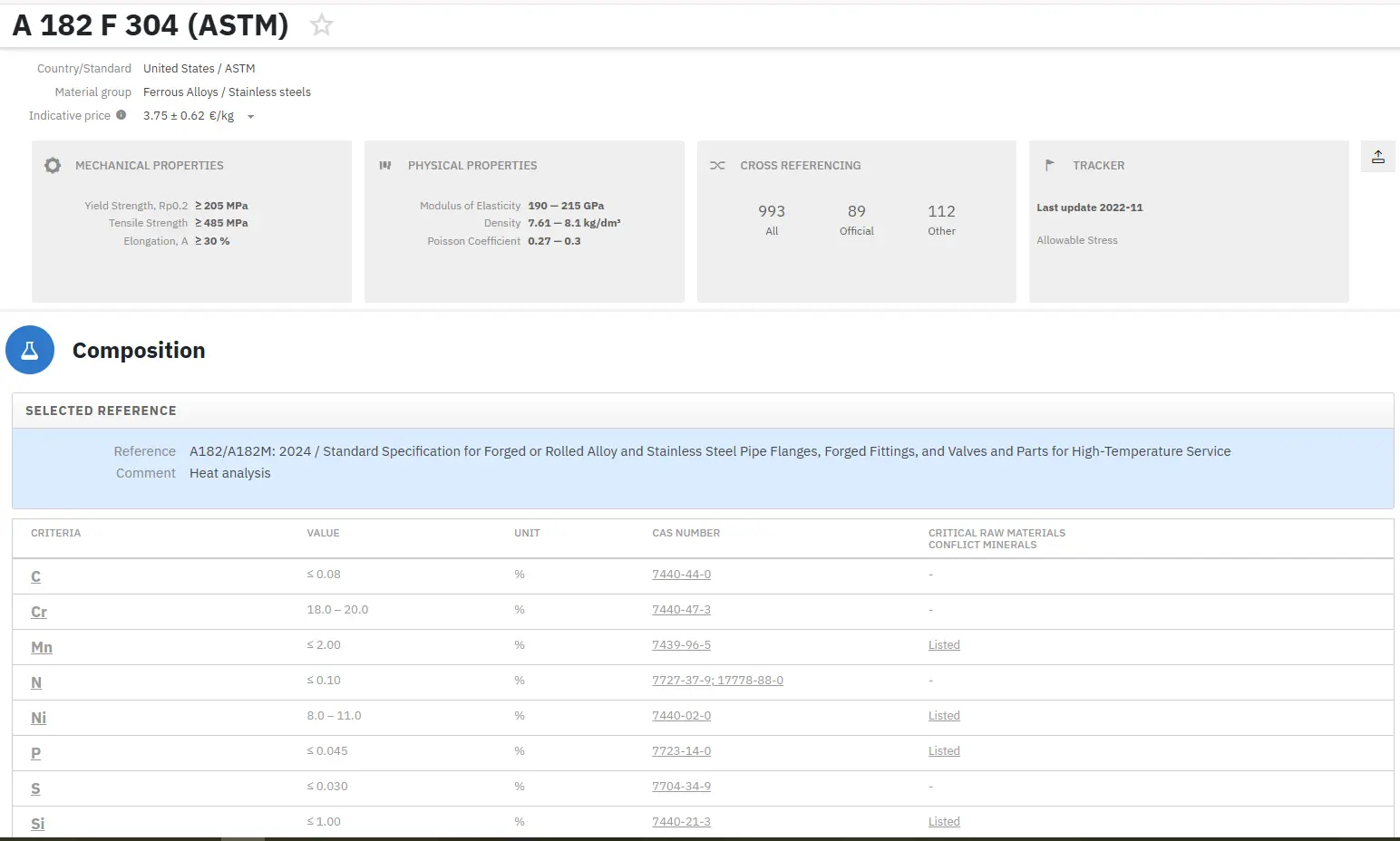Abrasive Blast Cleaning: Part One
Abstract
Blast cleaning is the general term for the process of using mechanical energy to clean a range of material surfaces using numerous different materials and techniques.
Blasting abrasives which are fired under pressure at the surface, include wire clippings, silicon carbide, ice, walnut shells, glass, baking soda, sand, and steel grit depending on the surface to be cleaned.
Abrasive blast cleaning is a cleaning technique in which mechanical energy is used for the cleaning of surfaces by use of specific materials which are directed at a surface with a powerful blast and at high velocity. Air blasting is a very common blast cleaning technique used in many regions of the world, and there are other types of cleaning systems available as well. Some companies offer blast cleaning services, for a fee, and it is also possible to purchase or rent the equipment to perform this type of cleaning independently.
In blast cleaning, a variety of cleaning materials can be used, depending on the surface which needs to be cleaned. Some common options are wire clippings, silicon carbide, ice, walnut shells, glass, baking soda, sand, and steel grit. These materials are directed at a surface to be cleaned with the assistance of a jet of air, a rapidly moving wheel, or a similar system. The blast cleaning device usually provides the ability to adjust the focus and intensity for the purpose of controlling the cleaning very precisely.

Figure 1: Blasting Abrasives
The two main factors that can be varied in blast cleaning are the type of particle that is "blasted" and the pressure at which this is done.
Pressure: The pressure can normally be adjusted during the job to ensure that only the desired layers of material are removed. Using an overly high pressure is inefficient in that more energy is used than is necessary and also more particles will be used, therefore increasing cost and the amount of waste. A small test area, ideally somewhere discrete, is chosen and used to find the exact pressure required for the job. If the surface that is to be cleaned or treated is not uniform, the pressure may need to be adjusted as the work is carried out. This is a difficult task and requires a highly skilled and experienced person.
How is Blast Cleaning Used?
Aircraft: Cleaning and peening jet rotor blades and other precision parts. Cleaning welds, castings, manifolds, subassemblies, and parts before magna-fluxing or a heat treating. Cleaning carbon from exhaust stacks to prevent fire and carry out general aircraft maintenance.
Automotive: Removing corrosion, old paint and grime from bodies, fenders, and wheels. Cleaning indentations and other areas not accessible to hand sanders. Removing carbon, gum, and varnish deposits from internal engine parts.
Bicycle Manufacturers: Cleaning mil scale, flux and all foreign matter in preparation for new coating.
Cement & Cast Forms Manufacturers: Removing cement from pre-cast forms leaving the exposed aggregate. Cleaning residue from molds, forms, crushers, rolling stock, and for general plant maintenance.
Cylinder Repair: Removing old plant paint and grime from gas cylinders during required inspection and pressure testing periods.
Contractors: Removing heavy corrosion and old paint from equipment, steel and stone structures.
Circuit Boards: Light deburring and cleaning flux and solder splash.
Deburring: Removing light burrs from miscellaneous materials.
Electrical & Electronics: Cleaning transistor bodies and leads, and ceramic seals. Removing excess brazing and solder from wire guides.
Surface Preparation is used to remove existing paints / corrosion / oxidization / graffiti and to give the surface an etch to allow coating adhesion. In many cases Abrasive Blast Cleaning can provide the optimum method of surface preparation. Some of the advantages are detailed below:
- Faster than other methods of surface preparation such as wire brush, chipping hammer, needle gun.
- Quickest of all techniques of surface preparation.
- Fully controllable selection of equipment type, abrasive media used, pressures, duration of blast etc. allows for a light blast of stonework to full “white metal” cleaning of heavily contaminated steel.
- Can be used to both remove existing coating and give an etch in the same operation.
Typical examples of Blasting methods and equipment are:
- Pressure Blast - using a pressure vessel with dry abrasive media is a popular, economical and versatile method of blasting for most applications such as removing rust from vehicle chassis. Can be fitted with a vacuum to provide a dustless system.
- Wet Blast – in situations where dust free or a gentler blast without damaging the underlying surface is required the SatBlast unit is ideal. Applications include removing graffiti from stonework.
- Wheel Blast - used in fixed installations with ball shot to clean and peen surfaces by impact.
- Suction Blast - used for spot cleaning work where gentle cleaning is needed.
Blasting can be done via Open or Contained methods:
- Open Blasting - often used by on-site contractors were the media cannot be recovered. A fast process but creates a great deal of dust.
- Blast Rooms - provide an enclosed environment for containing dusts and collecting and recovering media, also has improved safety.
- Blast Cabinets - normally used for safety containing blasting of smaller objects. Cabinets utilize either suction or pressure blasting systems.
材料の正確な化学成分を即座に検索!
Total Materia Horizon には、数十万種類の材料・物質の化学組成や、その機械的・物理的特性が収録されています。

Total Materia Horizonの無料テストアカウントを開設して、120カ国以上、50万人を超えるユーザーのコミュニティに参加しましょう!